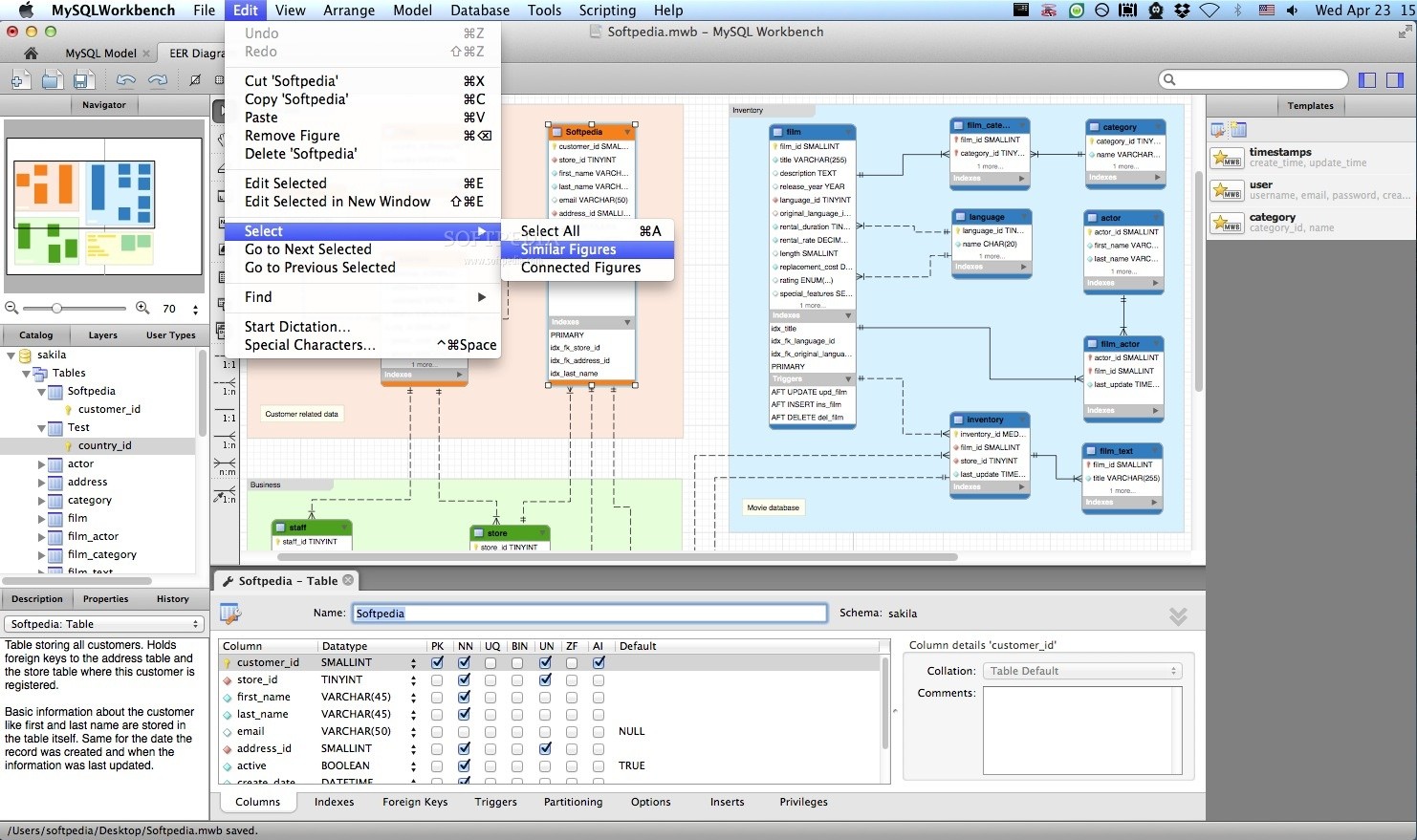The MiniDisc player emerged in the 1990s as Sony’s ambitious answer to portable music, blending digital quality with physical media in a format that promised to revolutionize how we experienced audio.
🎵 The Birth of a Digital Audio Revolution
When Sony introduced the MiniDisc format in 1992, the company envisioned a future where music lovers could enjoy near-CD quality audio in a compact, recordable format. The MiniDisc player represented a technological leap forward, combining the convenience of cassette tapes with the superior sound quality of compact discs. This innovative device utilized magneto-optical disc technology, allowing users to record, erase, and re-record content multiple times without degradation.
The timing of the MiniDisc’s launch was strategic, arriving at a moment when consumers were seeking alternatives to bulky CD players and the aging cassette format. Sony invested heavily in research and development, creating a compression algorithm called ATRAC (Adaptive Transform Acoustic Coding) that could reduce file sizes to approximately one-fifth of their original size while maintaining impressive audio fidelity.
Technical Innovation That Changed the Game
The MiniDisc format showcased several groundbreaking features that set it apart from competitors. The physical discs measured just 68mm by 72mm, housed in protective cartridges that prevented scratches and fingerprints from affecting playback quality. This design philosophy addressed one of the major complaints about traditional CDs: their vulnerability to damage.
The recording capabilities of MiniDisc players were particularly revolutionary. Users could create custom compilations, edit track titles using an intuitive interface, and even divide or combine tracks after recording. The shock-resistant memory buffer technology meant that portable MiniDisc players could withstand movement and vibration far better than contemporary CD players, making them ideal companions for jogging, commuting, and active lifestyles.
ATRAC: The Sound of Innovation
Sony’s ATRAC compression technology deserves special recognition for its role in the MiniDisc’s success. This psychoacoustic coding algorithm analyzed audio signals and removed frequencies that human ears typically cannot perceive. The result was impressive: 74 minutes of music could fit on a standard MiniDisc with minimal perceptible quality loss compared to the original CD source.
Later iterations of ATRAC improved upon the original codec. ATRAC3 and ATRAC3plus offered even better compression ratios, allowing for extended recording times in LP2 and LP4 modes. Audiophiles debated the merits of these compression schemes, but for most listeners, the difference was negligible, especially when using quality headphones or speakers.
The Golden Era: MiniDisc in Japanese Culture
While the MiniDisc format achieved moderate success worldwide, it truly flourished in Japan, where it became a cultural phenomenon. Japanese consumers embraced the technology enthusiastically, and the format maintained strong sales well into the 2000s. Music stores dedicated entire sections to pre-recorded MiniDiscs, and recording studios routinely released albums in the format alongside CDs.
The Japanese market’s adoption of MiniDisc technology influenced design trends and feature development. Manufacturers created increasingly sophisticated players with features like remote controls, LCD displays with Japanese character support, and integration with home stereo systems. The format became synonymous with portable music in Japan, much like the Walkman had been in previous decades.
Professional Applications and Broadcast Use
Beyond consumer markets, MiniDisc technology found a devoted following among journalists, musicians, and broadcast professionals. The ability to record high-quality audio in a compact format made MiniDisc recorders invaluable tools for field recording. News reporters appreciated the ease of labeling and organizing interviews, while musicians used portable MiniDisc recorders for capturing rehearsals and live performances.
Radio stations adopted MiniDisc technology for production work and on-air playback. The format’s reliability, instant access to tracks, and ability to mark and navigate to specific points made it superior to tape-based systems. Some stations continued using MiniDisc equipment long after the consumer format had faded from mainstream consciousness.
The Hardware Evolution: From Portable to Hi-Fi
Sony and other manufacturers developed an impressive range of MiniDisc hardware throughout the format’s lifespan. Portable players evolved from the bulky MZ-1 in 1992 to sleek, lightweight designs that could fit comfortably in a shirt pocket. The MZ-R series became iconic among enthusiasts, offering recording capabilities in increasingly compact packages.
Home MiniDisc decks provided audiophiles with high-quality recording options and integration with existing stereo systems. These component-style units featured digital inputs and outputs, allowing for bit-perfect transfers from CD players. Some models included sophisticated editing capabilities, turning the humble MiniDisc into a powerful tool for audio production.
The NetMD Revolution
In 2001, Sony introduced NetMD technology, bridging the gap between MiniDisc players and personal computers. This innovation allowed users to transfer music from their computers to MiniDisc via USB connection at higher speeds than real-time recording. The SonicStage software managed music libraries and facilitated transfers, bringing MiniDisc technology into the digital age.
Hi-MD, launched in 2004, represented Sony’s final major innovation in the format. Hi-MD discs offered up to 1GB of storage capacity, allowing for uncompressed PCM recording or significantly extended playback times with compression. The format also permitted data storage, effectively turning MiniDisc players into portable storage devices. Unfortunately, Hi-MD arrived too late to compete effectively with emerging MP3 players and iPods.
📼 The Collector’s Perspective: Why Enthusiasts Still Care
Despite the format’s commercial discontinuation, a dedicated community of MiniDisc enthusiasts continues to celebrate and use the technology. Online forums, social media groups, and YouTube channels document restoration projects, share technical knowledge, and discuss the merits of different players and recording techniques. This passionate community has helped preserve both the hardware and the culture surrounding MiniDisc technology.
Collectors prize certain MiniDisc players for their build quality, sound characteristics, and unique features. Models like the Sony MZ-RH1, the final player capable of uploading recorded audio to computers, command premium prices on secondary markets. Limited edition units in special colors or collaborations with fashion brands have become sought-after collectibles.
The Analog Renaissance Connection
The resurgence of interest in physical media has benefited MiniDisc culture. Just as vinyl records experienced a revival among younger listeners seeking tangible music experiences, MiniDiscs have attracted attention from those curious about alternative audio formats. The ritual of selecting, recording, and labeling MiniDiscs offers a mindful counterpoint to algorithm-driven streaming services.
Some artists and labels have even begun releasing new music on MiniDisc as novelty items or special editions for collectors. These limited releases celebrate the format’s unique aesthetic and demonstrate that physical media still holds appeal in an increasingly digital world.
Comparing MiniDisc to Contemporary and Modern Formats
Understanding the MiniDisc’s legacy requires examining how it stacked up against competing formats and how it compares to modern alternatives. During its heyday, MiniDisc competed primarily with cassette tapes, compact discs, and later, early MP3 players.
| Feature | MiniDisc | Cassette Tape | Portable CD | Early MP3 Players |
|---|---|---|---|---|
| Sound Quality | Near-CD quality | Moderate | Excellent | Variable |
| Durability | Excellent | Poor | Fair | Good |
| Recording Capability | Yes, multiple times | Yes, limited | No (consumer) | Transfer only |
| Skip Protection | Excellent | N/A | Fair | Excellent |
| Storage Capacity | 74-80 minutes | 60-120 minutes | 74-80 minutes | 32MB-1GB+ |
The MiniDisc offered an attractive middle ground: better quality than cassettes, more durable than CDs, and more flexible than either. However, it couldn’t compete with the virtually unlimited capacity and convenience of hard-drive-based MP3 players that emerged in the early 2000s.
🎧 The Sound Signature Debate
Audiophiles continue to discuss the sonic characteristics of MiniDisc recordings. ATRAC compression, particularly in early iterations, introduced artifacts that discerning listeners could identify. High-frequency content sometimes suffered from a subtle “swishy” quality, and stereo imaging could lack the precision of uncompressed formats.
However, many users argue that under normal listening conditions with typical consumer equipment, these differences were negligible. Context matters significantly: a MiniDisc recording made from a high-quality source and played through good headphones could sound remarkably close to the original. Conversely, poorly encoded MP3 files at low bitrates often sounded worse than MiniDisc recordings.
Recording Quality Factors
Several variables affected MiniDisc recording quality beyond just the ATRAC codec. Source material quality played the largest role—garbage in, garbage out. The recording level settings, the quality of the analog-to-digital converters in the recorder, and even the condition of the recording head all influenced final audio quality.
Experienced MiniDisc users developed techniques to maximize recording quality. These included recording at proper levels without clipping, using optical digital connections when possible, and choosing appropriate ATRAC modes for different content types. Live recordings and field recordings particularly benefited from the format’s portability and reliability.
Why MiniDisc Failed Commercially (But Succeeded Culturally)
Despite its technical merits, the MiniDisc format never achieved the commercial success Sony hoped for, particularly in Western markets. Several factors contributed to its limited market penetration. The format launched at a premium price point, with early players and blank media costing significantly more than cassette alternatives. This pricing strategy limited adoption among budget-conscious consumers.
Timing also worked against MiniDisc. The format arrived after CD players had already established dominance in the home market and were rapidly improving in portable applications. Additionally, Sony’s proprietary approach meant limited manufacturer support compared to the open CD standard. The company’s own competing formats, including DAT and later Memory Stick devices, sometimes created internal competition.
The rapid rise of MP3 and compressed digital audio delivered the final blow. Once consumers experienced the convenience of storing hundreds or thousands of songs on a single device, the advantages of MiniDisc—primarily its recording capability and superior organization compared to CDs—became less compelling. Apple’s iPod, launched in 2001, particularly demonstrated how seamless integration between computer libraries and portable devices could transform music consumption.
🔧 Maintenance and Preservation Today
Current MiniDisc enthusiasts face unique challenges in maintaining and using vintage equipment. Optical pickups can wear out or become misaligned, requiring calibration or replacement. Rubber belts and drive mechanisms may deteriorate with age, causing playback issues. Fortunately, online communities have documented repair procedures and identified compatible replacement parts.
Blank MiniDisc media has become increasingly scarce as production ceased years ago. Remaining new old stock commands premium prices, while used discs require careful inspection for reliability. Some enthusiasts stockpile blank media, while others carefully maintain small collections of favorite recordings.
Digital Archiving of MiniDisc Content
Preserving MiniDisc recordings for posterity presents technical challenges. Only certain players, notably the Sony MZ-RH1 and RH10, can upload recordings to computers in a lossless format. These models have become essential tools for archivists seeking to preserve MiniDisc content. Alternative methods involve playing back recordings in real-time while capturing the analog or digital output, though this process is time-consuming.
Software tools have emerged to help manage and convert ATRAC files. Web ATRAC and other utilities allow conversion of legacy SonicStage files to more universal formats. These preservation efforts ensure that recordings made on MiniDisc won’t be lost as hardware inevitably fails.
The Cultural Impact and Legacy
Though the MiniDisc format represents a commercial footnote in audio history, its cultural impact extends beyond sales figures. The technology influenced subsequent product design and demonstrated consumer appetite for portable digital audio years before streaming services emerged. Sony’s experience with MiniDisc informed later product development, including the company’s digital audio players and current high-resolution audio initiatives.
The format also occupies a special place in the hearts of a generation of music listeners. For many, MiniDisc players represented their first experience with digital audio editing and custom playlist creation. The tactile experience of handling discs, the satisfaction of organizing a collection with custom labels, and the pride in creating perfect compilations fostered a relationship with music that passive streaming cannot replicate.
🌟 Lessons for Modern Audio Technology
The MiniDisc story offers valuable lessons for contemporary audio technology. Proprietary formats face inherent challenges regardless of technical merit when competing against open standards. User experience and ecosystem integration matter as much as specifications—the iPod succeeded not just because of hardware quality but because iTunes provided seamless library management.
The importance of backward compatibility became evident as Sony struggled to maintain relevance through format revisions. Each new MiniDisc variant required new hardware, frustrating existing users and complicating the product lineup. Modern successful platforms prioritize continuous improvement while maintaining compatibility across device generations.
Physical media’s enduring appeal, demonstrated by vinyl’s resurgence and MiniDisc’s cult following, suggests that tangibility and ownership matter to consumers. Streaming services dominate through convenience, but they haven’t eliminated the desire for curated, possessed music collections. Future audio innovations might find success by balancing digital convenience with physical engagement.
The Timeless Appeal of a Discontinued Format
What explains the continued fascination with MiniDisc technology decades after its commercial peak? Part of the appeal lies in nostalgia—for those who used the format during its heyday, MiniDisc players evoke memories of specific periods in their lives. But the interest extends beyond mere sentimentality. The format represents a road not taken, an alternative technological trajectory that prioritized different values than the all-digital streaming world that ultimately prevailed.
MiniDisc embodied thoughtful curation and active engagement with music. Creating a MiniDisc required decisions: which songs to include, in what order, how to organize the collection. This intentionality contrasts sharply with algorithm-generated playlists and infinite streaming libraries. For some listeners, constraints enhance rather than limit the listening experience, forcing creative decisions and fostering deeper connections with chosen music.
The format also appeals to those interested in obsolete technology and media archaeology. Exploring discontinued formats provides insight into technological evolution, revealing the contingent nature of success and failure. MiniDisc demonstrates that superior specifications don’t guarantee market dominance—timing, marketing, ecosystem support, and cultural factors matter equally.
As we advance further into the streaming era, the MiniDisc player stands as a monument to a fascinating transitional period in audio history. It represented Sony’s vision of the future that never quite arrived, a format that was simultaneously too late and too early. For those who appreciated its unique capabilities, the MiniDisc remains timeless—not despite its obsolescence, but because of the specific moment in technological and cultural history it represents. The devoted community keeping the format alive ensures that this innovative chapter in audio history won’t be forgotten, preserving both the hardware and the philosophy behind Sony’s ambitious but ultimately unsuccessful challenge to reshape portable music.
Toni Santos is a visual historian and creative artisan whose work channels the bold spirit of the steam-powered era—a time when imagination, mechanics, and ambition converged to reshape the modern world. Through richly detailed visual narratives and handcrafted design, Toni celebrates the legacy of steam innovation as both an artistic and technological revolution.
Driven by a passion for mechanical aesthetics, forgotten inventions, and industrial-age ingenuity, Toni reimagines the world of steam through illustrations, tactile artifacts, and storytelling that capture the poetry of pressure, motion, and invention. From piston-driven engines to brass-detailed diagrams, each piece reveals how steam wasn’t just power—it was promise.
With a background in visual design and historical research, Toni brings a craftsman’s eye and a dreamer’s heart to the stories of tinkerers, inventors, and visionaries who shaped the 19th century. His work doesn’t merely document machines—it honors the culture, courage, and creativity that drove a world to reimagine itself through gears, valves, and vapor.
As the creative voice behind Vizovex, Toni shares curated articles, reconstructed blueprints, and visual interpretations that bring this industrial past to life. His collections serve as a tribute to:
The elegance of steam-era design and innovation
The human stories behind great mechanical feats
The aesthetic beauty found in function and form
The echo of invention in today’s creative world
Whether you’re a history lover, a fan of steampunk, or an admirer of antique technology, Toni welcomes you into a world where art and machinery fuse, one cog, one drawing, one rediscovered marvel at a time.





